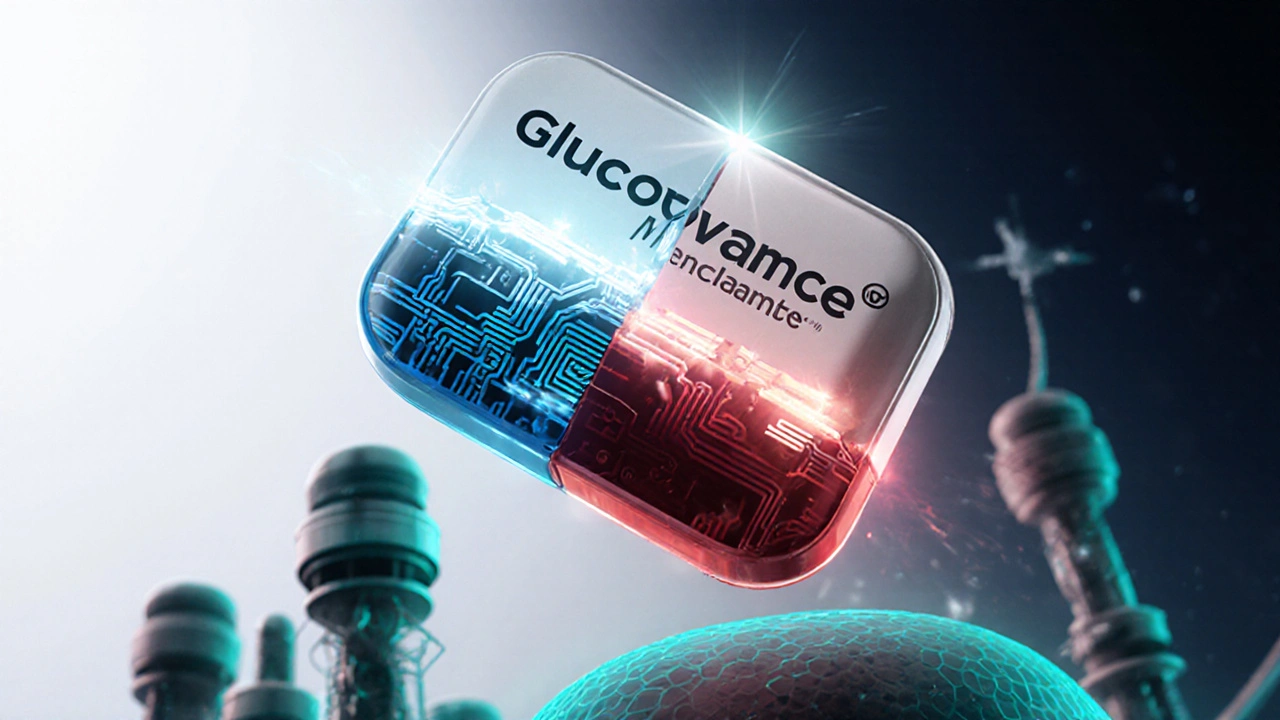Diabetes Medication Comparison: Pick the Right Drug for Your Health
When working with Diabetes Medication Comparison, a side‑by‑side review of medicines used to control blood sugar levels in diabetes. Also known as diabetes drug comparison, it helps patients and clinicians see how each option stacks up. The process starts by looking at the most common drug classes – for example Metformin, the first‑line oral agent that lowers liver glucose production and Insulin, the injectable hormone that replaces or supplements what the body lacks. From there you move to newer agents like GLP‑1 agonists, injectables that boost insulin release only when sugar is high. Understanding how these categories differ in mechanism, dosing, side‑effects, and cost is the core of a solid diabetes medication comparison.
Core drug classes and what sets them apart
First up, metformin reduces the liver’s glucose output and improves insulin sensitivity, which makes it a go‑to for most type 2 patients. It’s cheap, taken once or twice daily, and carries a low risk of hypoglycemia, but gastrointestinal upset is common. Insulin, available in rapid‑acting, short‑acting, intermediate, and long‑acting forms works fast and is essential for type 1 diabetes or advanced type 2 when oral drugs no longer suffice. The downside includes injection burden and potential weight gain. Sulfonylureas, like glipizide, push the pancreas to release more insulin and are inexpensive, yet they can cause low blood sugar, especially in older adults. SGLT2 inhibitors (e.g., canagliflozin) force the kidneys to dump excess glucose in urine, granting modest weight loss and heart‑protective benefits, though they raise infection risk. DPP‑4 inhibitors (e.g., sitagliptin) prevent breakdown of incretin hormones, offering modest glucose drops without weight gain, but they’re pricier.
Newer agents such as GLP‑1 agonists (e.g., semaglutide) not only lower glucose but also curb appetite, leading to notable weight loss, and some have proven cardiovascular benefits. However, they require injection and can cause nausea. Thiazolidinediones like pioglitazone boost tissue sensitivity to insulin and are easy to take, yet they may cause fluid retention and raise heart‑failure risk. Meglitinides (repaglinide) act like sulfonylureas but have a shorter action window, fitting meals that vary day to day. When you line all these options up, the comparison becomes a balance of efficacy, side‑effect profile, dosing convenience, and cost. By mapping each drug’s attributes to your personal health goals, you can narrow down the choices without feeling overwhelmed.
Keep reading for a complete diabetes medication comparison across the most prescribed drugs. Below you’ll find a curated list of articles that dive deeper into each medication class, explore head‑to‑head studies, and offer practical tips for switching or combining therapies. Whether you’re starting a new regimen, adjusting doses, or simply staying informed, the posts ahead give you the facts you need to make an empowered decision about your diabetes care.
Glucovance vs Alternatives: Metformin & Glibenclamide Combination Compared
A detailed comparison of Glucovance (metformin+glibenclamide) with leading diabetes drug alternatives, covering efficacy, safety, cost and practical switching tips.
